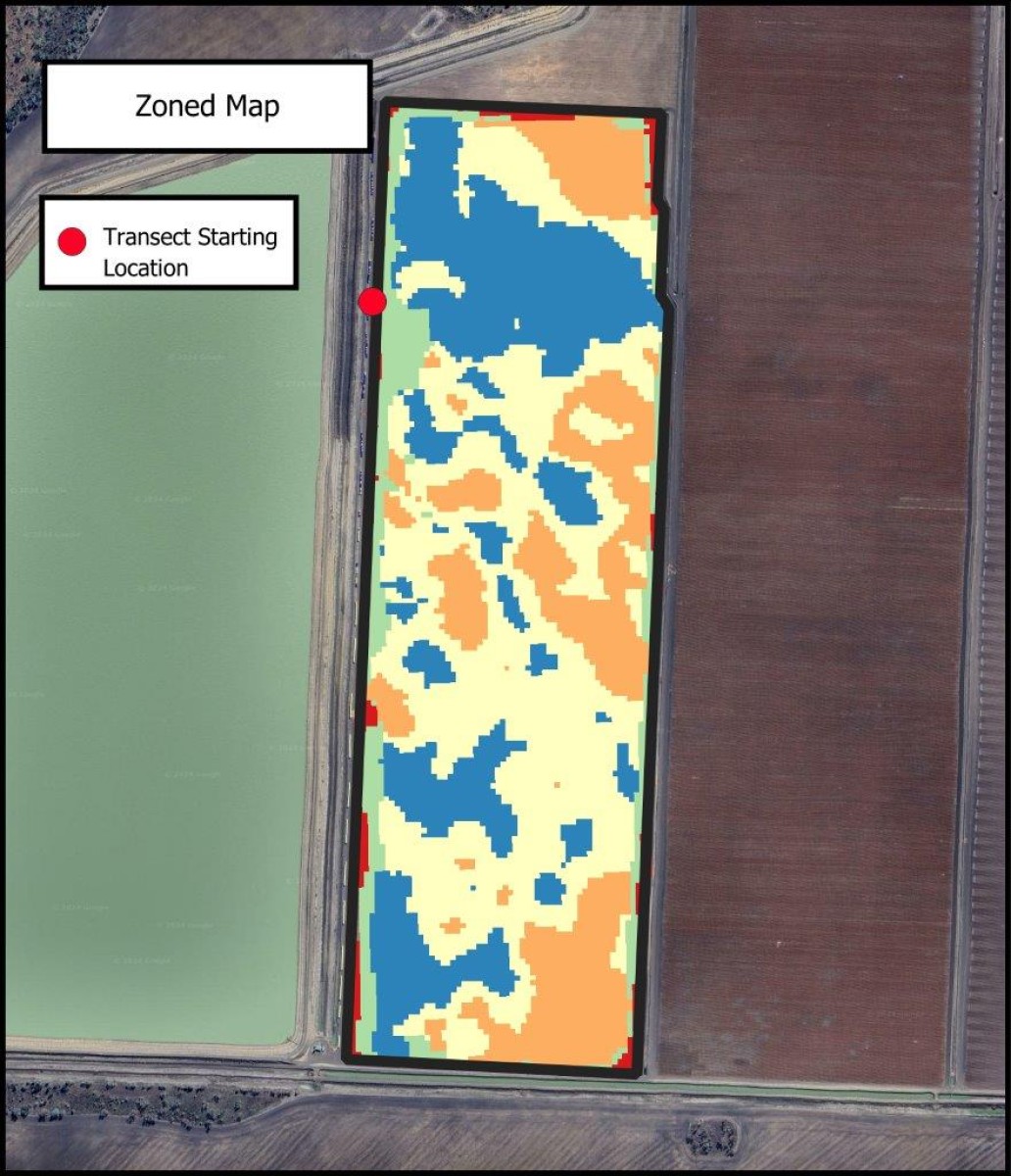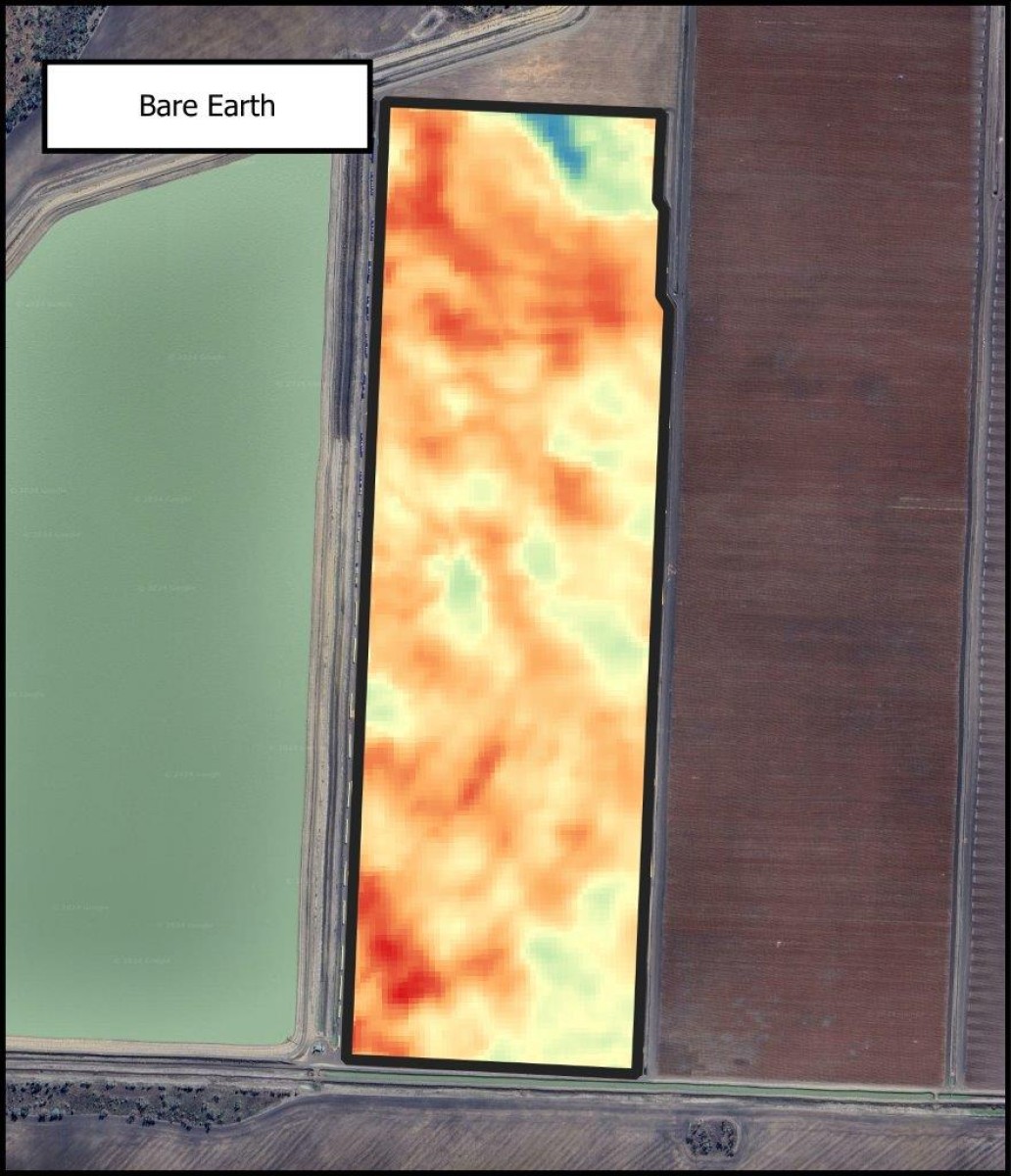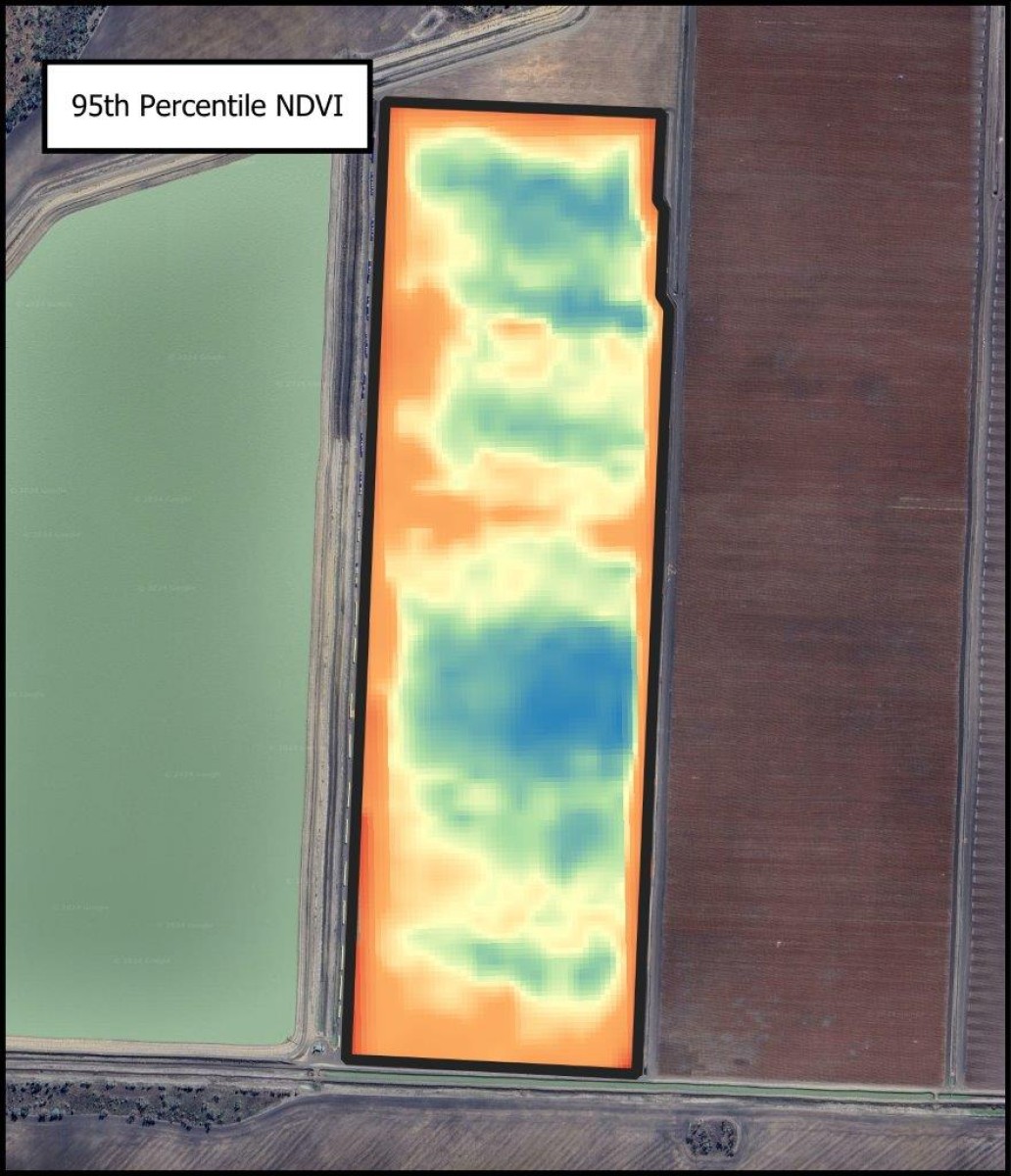Optimising Nitrogen Management in Cotton: A Case Study in Lateral Nitrogen Movement
Optimising Nitrogen placement in flood furrow irrigated Cotton, designing a sampling strategy to investigate lateral nitrogen movement in flood furrow cotton fields.
Background
The Challenge: A cotton grower recently switched from banding anhydrous ammonia to broadcast urea nitrogen (N) for their flood-irrigated cotton fields. Concerns arose regarding the movement of nitrogen down the field, potentially accumulating near the tail drain and leaving the head ditch deficient. The grower wanted to start building a year-on-year story around nitrogen management, in particular how to account for in-field movement.
Objective
The Goal: The primary goal was to determine whether the nitrogen was moving laterally and/or downward within the field. By understanding the movement patterns of nitrogen, the grower aims to improve nitrogen management practices by variable rate application of urea where there would be the best return on investment.
Methodology
The Approach: To achieve this, OptiSoil implemented a strategic soil sampling approach:
- Soil Coring Locations: Soil cores were identified at three key points in each field - the tail drain, a mid-point in the field, and at the head ditch.
- Depth Intervals: Each location will be sampled to four different depths to capture a comprehensive profile of nitrogen movement.
- Site Selection: To minimise natural soil variability, it is crucial to avoid areas with old creek beds or significant land-forming history.
- Temporal Stability Analysis: Temporally stable NDVI data from 2015 to the present was analysed, and the 95th percentile points were extracted to identify areas of consistent peak biomass.
- Geological Feature Mapping: A digitised bare earth image was used to detail old geological features with potentially different soil textures.
- Clustering: Using a K-means clustering algorithm, five zones with minimal variability were identified, allowing for the selection of the most homogenous transects for sampling.
Conclusion
By using available landscape characterisation information a sampling design can be produced to achieve the grower objective of detecting nitrogen movement in flood furrow cotton fields. The objective of this design technique is to reduce the level of uncertainty associated with soil sampling.
For more information or to explore soil management solutions, contact OptiSoil.




